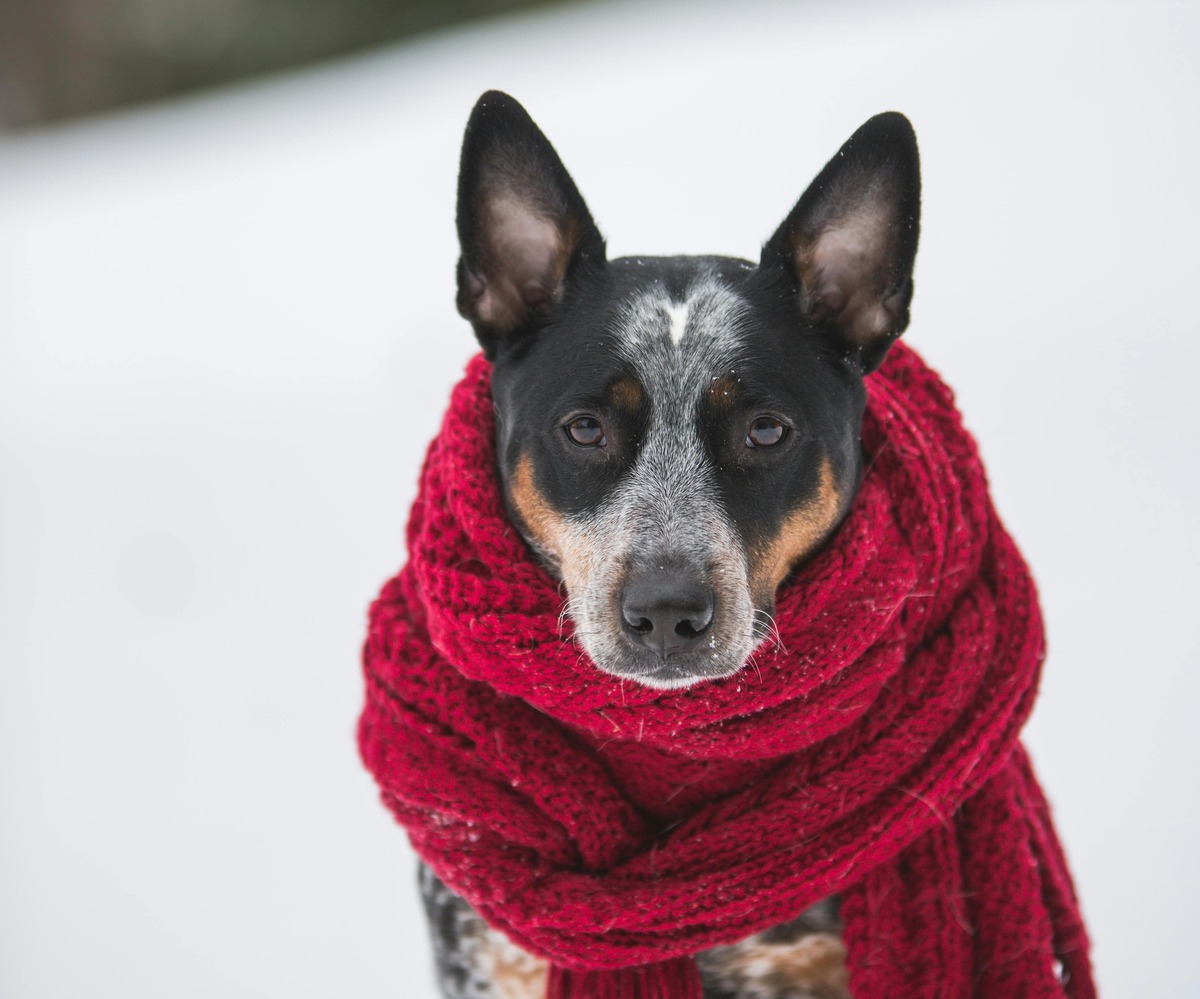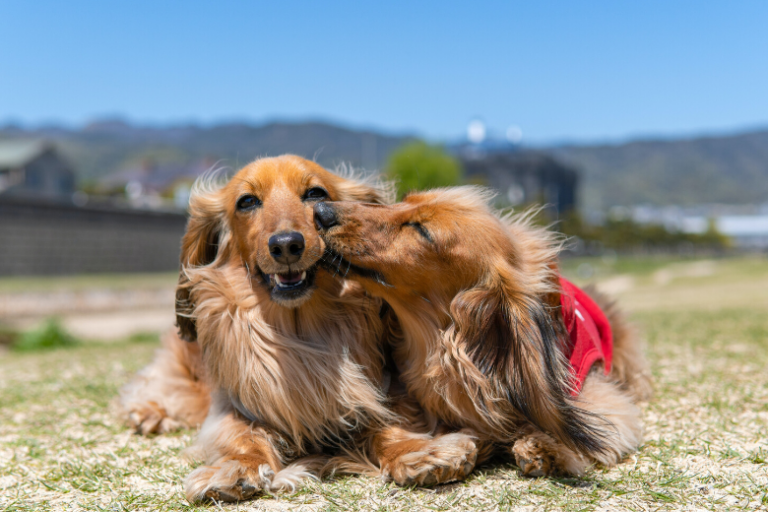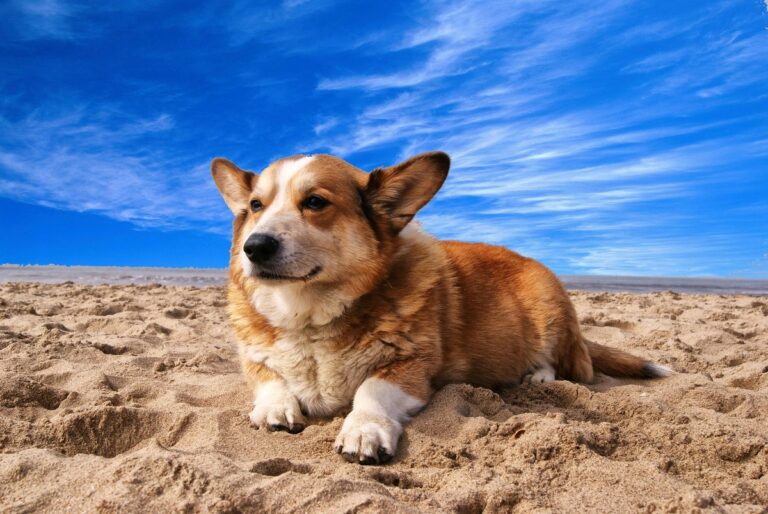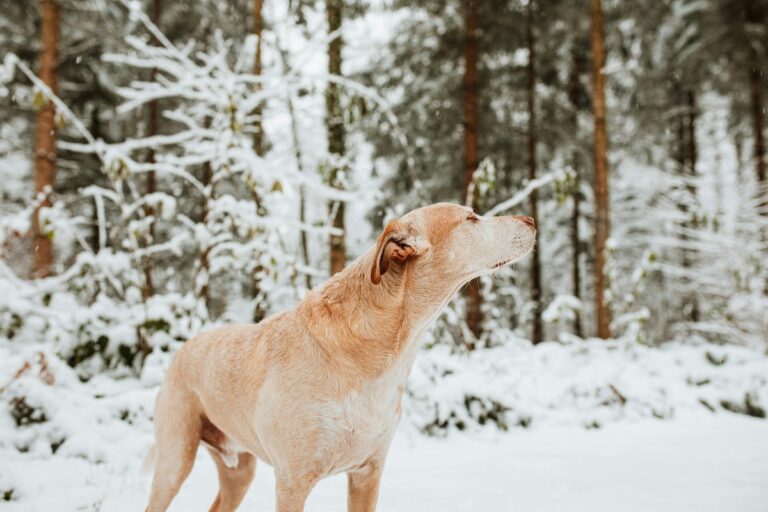Winter Warning: 10 Hidden Dangers for Dogs in Cold Weather
Winter may bring snowy adventures and cozy nights, but for dogs, the cold season can also pose unexpected dangers. While many pet owners take precautions against extreme temperatures, there are less obvious winter hazards that can put dogs at risk. From toxic substances to hidden health threats, winter requires extra vigilance to keep your furry companion safe and healthy.
Here are 10 hidden dangers for dogs in cold weather and what you can do to protect them.
1. Freezing Temperatures and Hypothermia

Cold weather can be dangerous for dogs, especially those with short fur, small size, or low body fat. Prolonged exposure to freezing temperatures can lead to hypothermia, causing shivering, weakness, and even life-threatening complications.
Always limit outdoor time in extreme cold and provide a warm, dry place indoors. For extra protection, dog coats and booties can help insulate against the cold, particularly for small or short-haired breeds.
2. Rock Salt and Chemical Ice Melters

Sidewalks and roads are often treated with rock salt and de-icing chemicals, which can burn paw pads and cause toxicity if licked off. Some de-icers contain antifreeze-like chemicals, which are highly toxic to dogs.
Wipe your dog’s paws with a damp cloth or use pet-safe paw wipes after walks. You can also apply paw balm or dog booties to create a protective barrier against chemicals.
3. Frostbite on Paws, Ears, and Tail

Frostbite occurs when extreme cold reduces blood flow, causing ice crystals to form in tissues. The most vulnerable areas are paws, ears, and tails, which can become pale, hard, or blistered in severe cases.
Check your dog’s paws, ears, and tail for signs of frostbite after being outside. If they seem painful, discolored, or swollen, warm them gradually and contact your vet immediately.
4. Antifreeze Poisoning
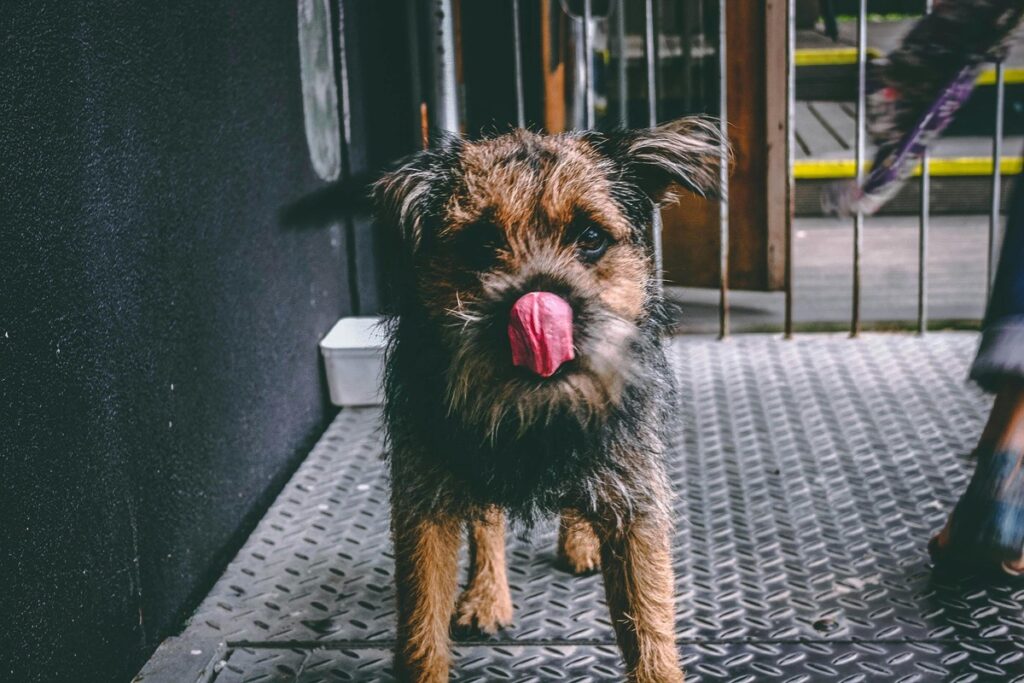
Antifreeze is one of the biggest winter threats for dogs. It has a sweet taste that attracts pets, but even a small amount can be fatal. Ingesting antifreeze leads to kidney failure and neurological damage, and symptoms may not appear until it’s too late.
Keep all antifreeze containers sealed and out of reach, and check for spills in your driveway or garage. If you suspect your dog has ingested antifreeze, seek emergency veterinary care immediately.
5. Hidden Sharp Objects in Snow
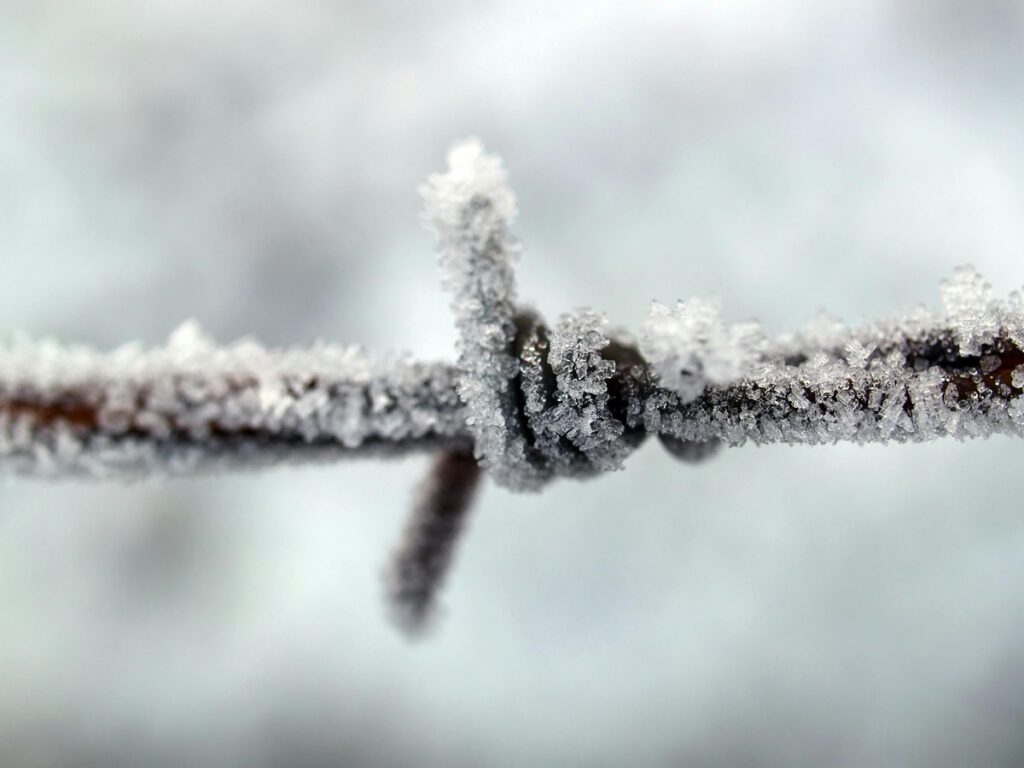
Fresh snow may look soft, but it can hide sharp objects like glass, rocks, or frozen debris that can injure a dog’s paws. Snow and ice can also cause cuts and cracks in paw pads, leading to discomfort and infection.
Stick to familiar walking paths and check your dog’s paws after every outing. If you notice cracks or wounds, clean them with warm water and pet-safe antiseptic, then apply a moisturizing paw balm.
6. Frozen Water Bowls and Dehydration
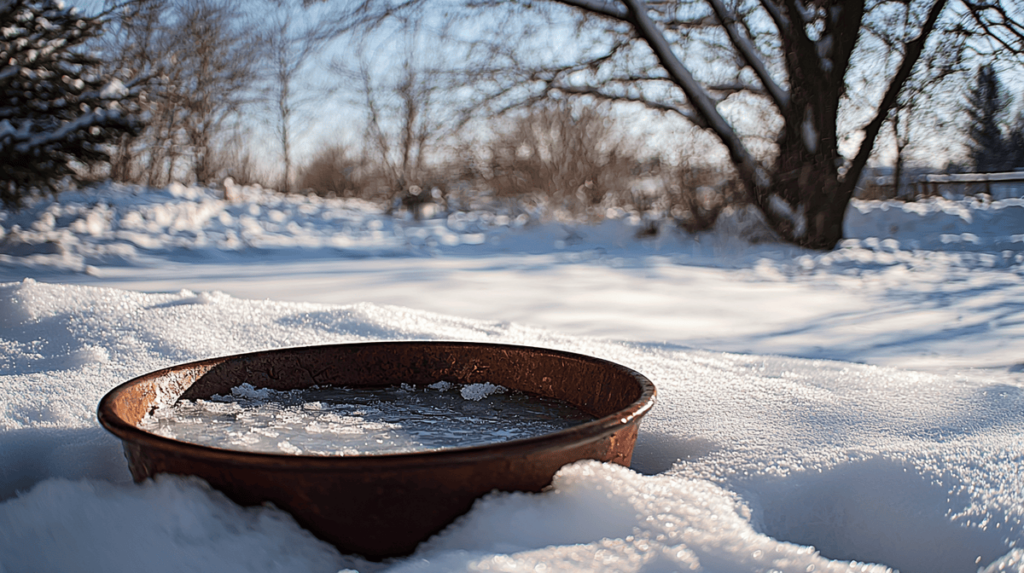
Dogs can still become dehydrated in winter, as they may be less inclined to drink water when it’s cold. Outdoor water bowls can freeze, leaving dogs without access to fresh water.
Ensure your dog has constant access to fresh, unfrozen water. If they spend time outdoors, consider a heated water bowl to prevent freezing. Adding wet food to their diet can also help maintain hydration.
7. Thin Ice on Ponds and Lakes
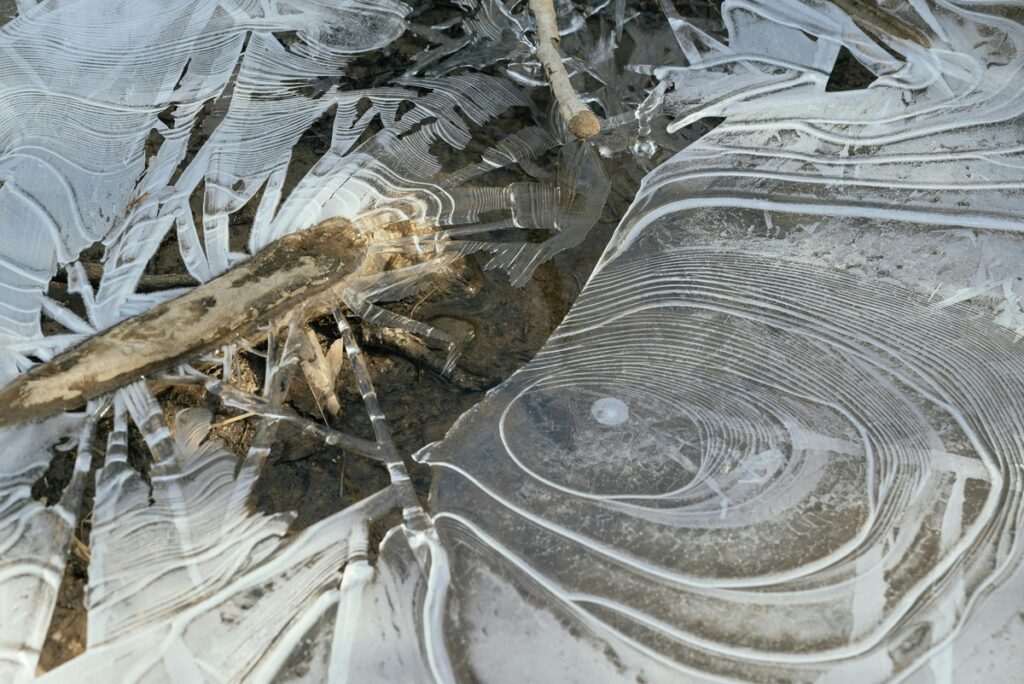
Frozen lakes and ponds may look solid, but the ice can be thin and unstable. If a dog walks or runs onto thin ice, they risk falling through into freezing water, which can lead to hypothermia or drowning.
Always keep dogs on a leash near frozen bodies of water. If your dog falls through the ice, call for emergency help—never risk your own safety by attempting to rescue them yourself.
8. Snow Blindness and Sunburn
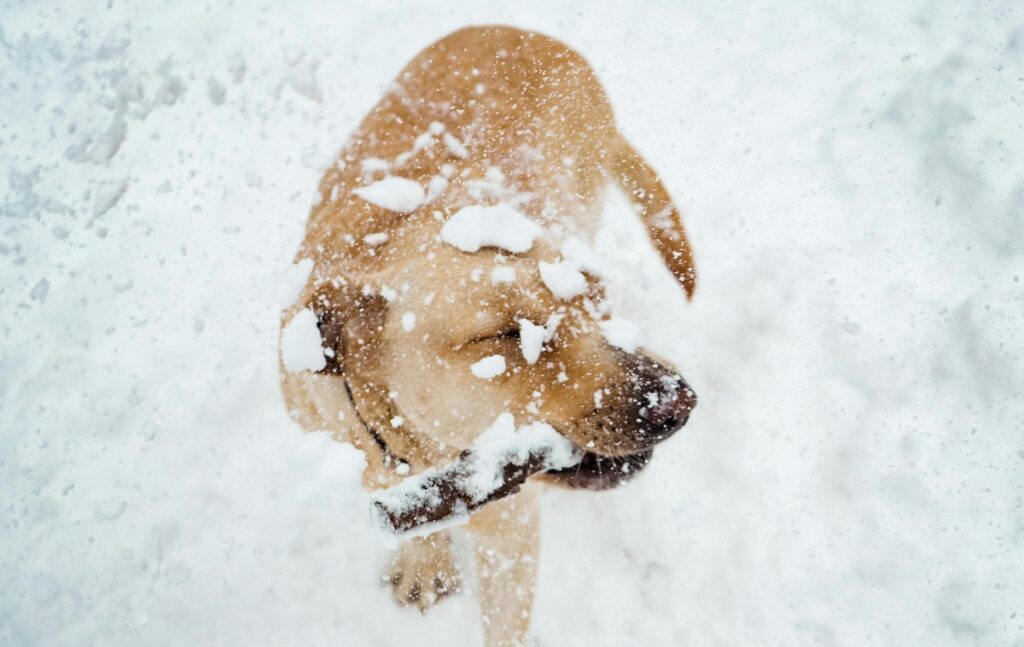
Snow can reflect up to 80% of UV rays, increasing the risk of sunburn and eye irritation in dogs—especially those with light-colored fur and pink skin. Bright sunlight on snow can also cause temporary vision impairment, known as snow blindness.
Limit your dog’s exposure to intense sunlight on snowy days, and consider dog-friendly sunblock for breeds prone to sunburn. Snow goggles for dogs may also help protect their sensitive eyes.
9. Dry, Itchy Skin from Cold Air
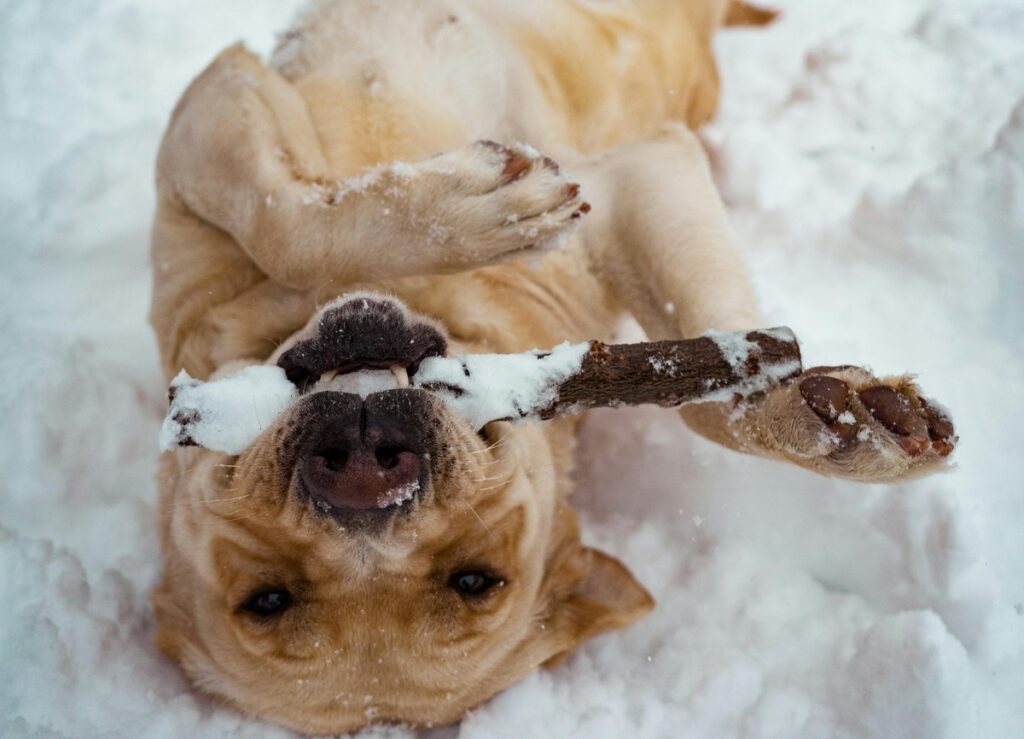
Cold winter air lacks humidity, which can dry out a dog’s skin, leading to itching, flaking, and irritation. Dry skin can become worse with frequent indoor heating, which further removes moisture from the air.
Use a humidifier indoors and add healthy fats (like fish oil) to your dog’s diet to improve skin hydration. Avoid frequent baths, as they strip natural oils—opt for gentle, moisturizing shampoos instead.
10. Holiday Hazards (Toxic Treats and Decorations)
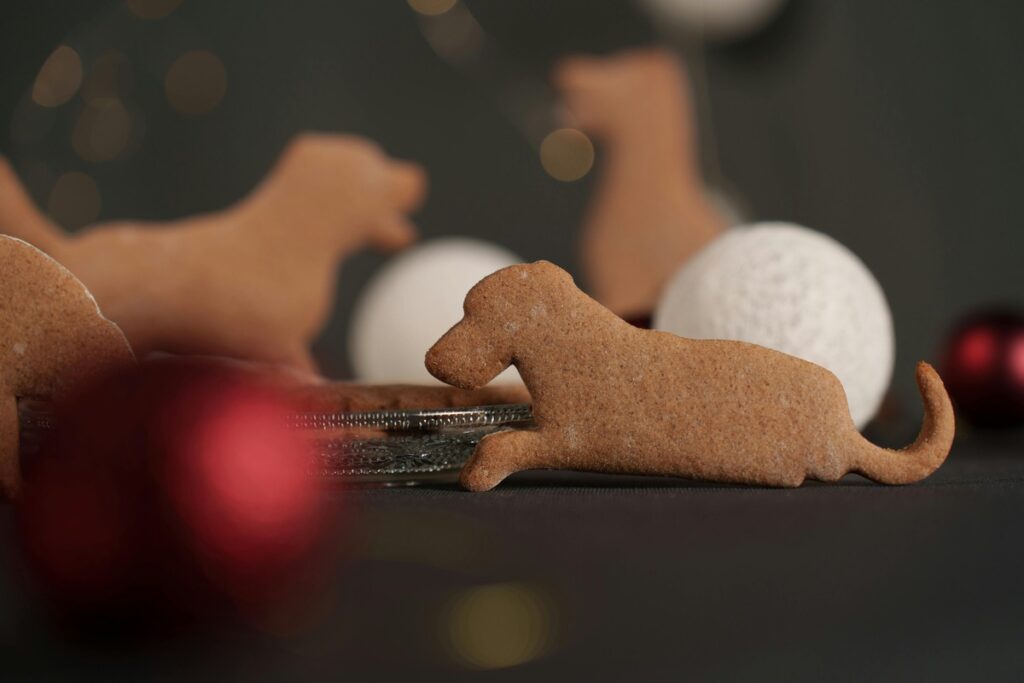
Winter holidays bring festive decorations, chocolate, and rich foods, but many of these items are dangerous for dogs. Chocolate, xylitol, alcohol, and fatty holiday foods can cause toxic reactions or pancreatitis.
Keep holiday treats and decorations out of reach, and never leave candles, tinsel, or electric cords where dogs can chew on them. If your dog consumes something dangerous, contact a veterinarian immediately.
How to Keep Your Dog Safe and Warm This Winter
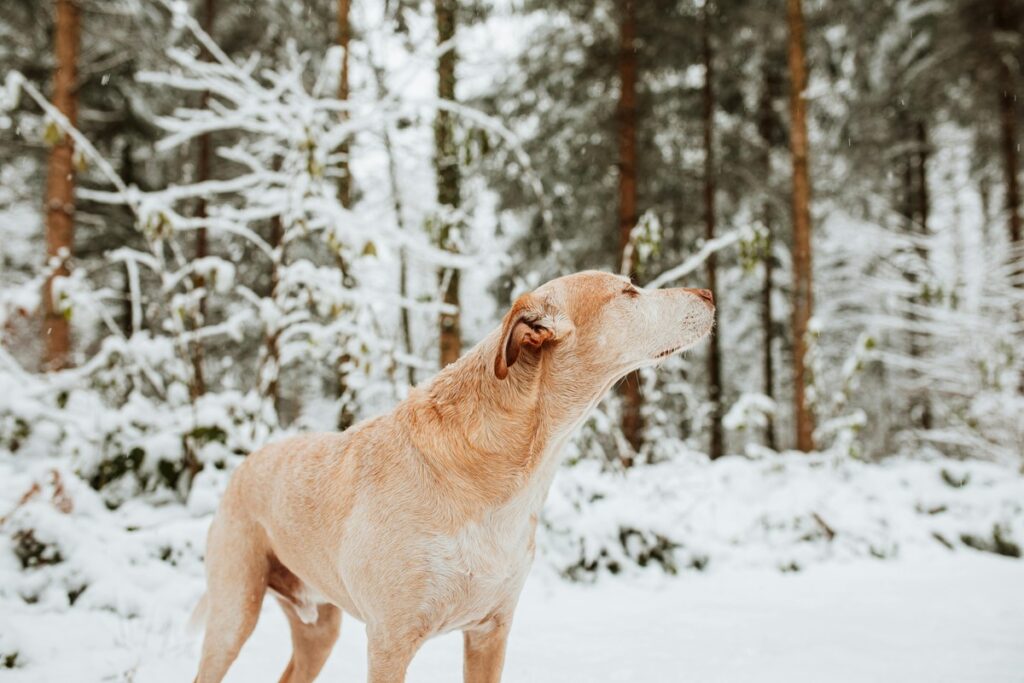
Keeping your dog safe and comfortable during winter requires thoughtful precautions to protect them from the cold, ice, and hidden hazards. Always limit outdoor time in freezing temperatures, especially for short-haired or small breeds, and consider using dog coats and booties for extra warmth. Provide a warm, draft-free sleeping area with cozy blankets to ensure they stay comfortable indoors.
Protect their paws from ice, rock salt, and de-icing chemicals by wiping them off after walks and using paw balm to prevent cracking. Hydration is just as important in winter as it is in summer, so ensure your dog has constant access to fresh water to prevent dehydration. Lastly, monitor for signs of cold-related stress such as shivering, reluctance to go outside, or lethargy, and adjust their routine to keep them happy and healthy all winter long.
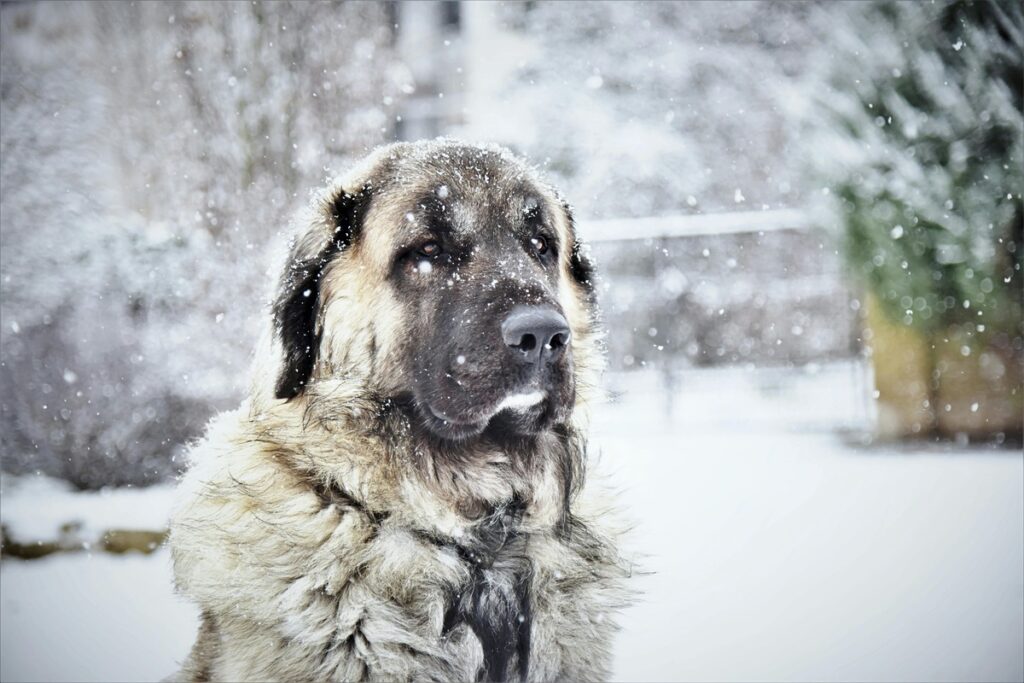
Winter may bring cold temperatures and hidden dangers, but with proper care and awareness, you can keep your dog comfortable and protected. Whether it’s avoiding toxic ice melt, preventing frostbite, or ensuring hydration, small changes can make a huge difference in your dog’s winter well-being.
By keeping an eye on potential winter hazards and adjusting your dog’s routine, you can enjoy the season together safely and stress-free.

